The first commercially successful decaffeination process was invented by the German coffee merchant Ludwig Roselius in 1903 and patented in 1906. Legend has it that his quest for decaffeinated coffee was motivated by the belief that excessive coffee drinking had poisoned his father. The Roselius process involved steaming coffee beans with a brine solution (i.e water saturated with salt) and then using the organic chemical compound benzene as a solvent to extract the caffeine. This process, however, is no longer used due the fact that benzene is known to be a human carcinogen.

Today decaf coffee is made from beans where most of the caffeine is removed before the process of roasting and grinding. The beans are usually soaked in organic solvents until they absorb all the caffeine from the beans. At Coffee People we have decaffeinated coffee from Colombia’s Planadas region. In Colombia, where sugar cane is produced in abundance, it makes good economic sense to use this resource to decaffeinate coffee. Molasses derived from sugar cane is fermented to create ethanol. This alcohol is then mixed with acetic acid to produce the ethyl acetate compound which is used for the decaffeination of the coffee beans. Our coffee bean taste sweeter, thanks to using that specific method
Today there are three main methods used to remove the caffeine from coffee beans.
SWISS WATER DECAFFEINATION OF COFFEE
The Swiss water decaffeination process is a two-step process involving two batches of green coffee. The process begins by soaking the first batch of green coffee in water to dissolve the caffeine. Once the caffeine has been dissolved, the water is drawn off and passed through carbon filters, which remove the caffeine from the water. This results in the first batch of coffee beans having no caffeine and no flavour left. The caffeine is left behind in the filter, but the filtered water now contains the full coffee flavour without the caffeine. The first batch of depleted coffee beans is discarded. The flavour-enhanced water is then reused to remove the caffeine from a second batch of green coffee beans.
The second time around, since the water is already saturated with coffee flavour, the caffeine is removed from the coffee beans, but the coffee flavour is left intact. By this process, the second batch of green coffee beans retains its flavour and aroma, while losing the caffeine. The second batch of coffee beans is now decaffeinated and is ready for drying and roasting. This method removes 99.9% of the caffeine in the coffee beans, but it is expensive, because it takes two batches of coffee beans to produce a single batch of decaffeinated coffee beans.
- Coffee
- Tea
- Misc…

Do you want to try a good quality decaf coffe? You are lucky because we have a very good discount in our Colombia Decaf.
-
 Matcha bamboo whisk (chasen)€17.36
Matcha bamboo whisk (chasen)€17.36 -
 BRAZIL Cerrado Mineiro, Santa Rita€14.53 – €48.04
BRAZIL Cerrado Mineiro, Santa Rita€14.53 – €48.04 -
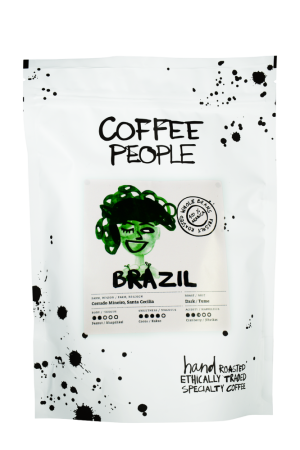 BRAZIL, Cerrado Mineiro, Santa Cecilia€10.4 – €34.37
BRAZIL, Cerrado Mineiro, Santa Cecilia€10.4 – €34.37 -
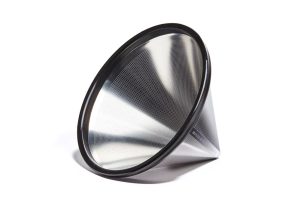 Chemex filter; reusable€63.02
Chemex filter; reusable€63.02 -
 DECAF MEXICO, Chiapas, Sueño€16.73 – €55.3
DECAF MEXICO, Chiapas, Sueño€16.73 – €55.3 -
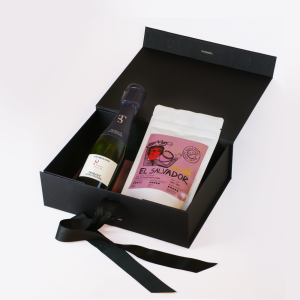 Gift set ”GESHA”; black€30.00
Gift set ”GESHA”; black€30.00 -
 Gift set ”GESHA”; white€30.00
Gift set ”GESHA”; white€30.00 -
 EL SALVADOR, Apaneca, Santa Elena ORGANIC EE-ÖKO-03€35.95 – €118.85
EL SALVADOR, Apaneca, Santa Elena ORGANIC EE-ÖKO-03€35.95 – €118.85 -
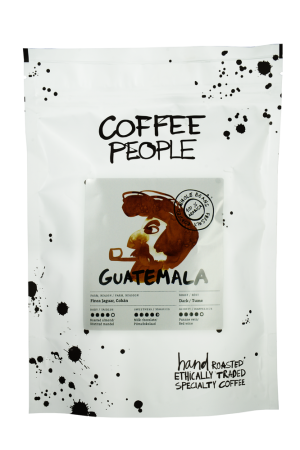 GUATEMALA, Coban, Finca Jaguar€12.83 – €42.41
GUATEMALA, Coban, Finca Jaguar€12.83 – €42.41 -
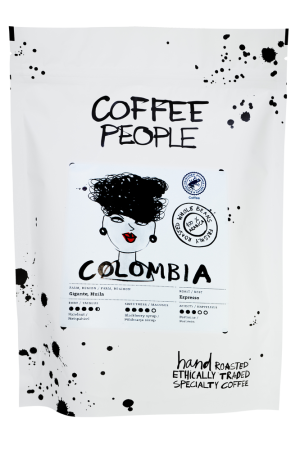 COLOMBIA Huila, Gigante RFA€10.4 – €34.37
COLOMBIA Huila, Gigante RFA€10.4 – €34.37
